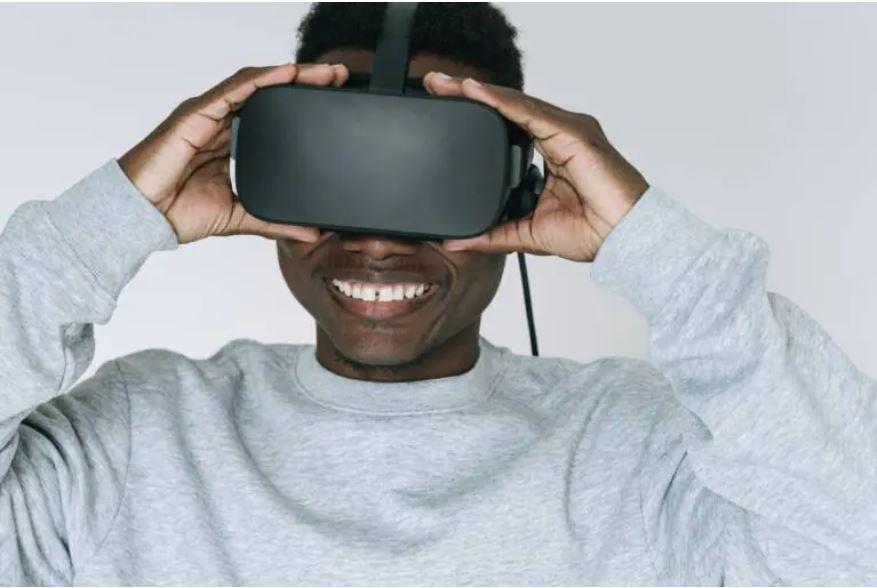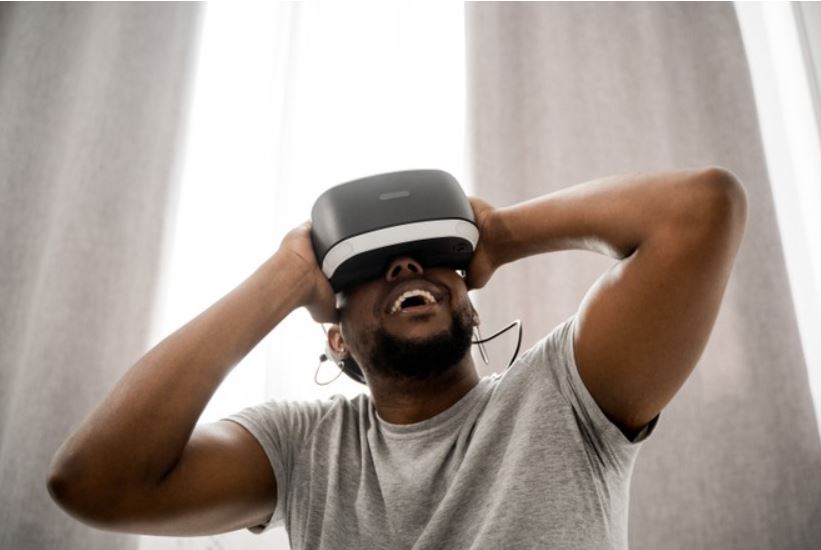
Samsung closed a new partnership to advance in the micro LED market with advantages over competitors. From the studies carried out at KAIST (Korea Advanced Institute of Science & Technology), there seems to be a way to manufacture small ultra-high resolution micro LED screens that generate less heat and do not suffer efficiency degradation.
KAIST would contribute to this by changing the epitaxial structure of micro LEDs. This would help solve the main problem linked to wearables and augmented and virtual reality glasses, which is the degradation of efficiency, this is because the micro LED pixel recording process creates defects on the sides of the pixels.
The smaller the pixel and the higher the screen resolution, the greater the problem of the pixel sidewall deteriorating, leading to darker screens, lower quality and other problems that prevent manufacturers from creating small micro LED panels and high density.
Therefore, according to the researchers, from the alteration of the epitaxial structure, there is a reduction in the heat generated by the screen by about 40% compared to conventional micro LED structures. The epitaxy is the stacking process of gallium nitride crystals used as light-emitting materials on an ultrapure silicon or sapphire substrate used as a medium for micro LEDs.

The research was carried out with the support of the Samsung Future Technology Development Center. If successful, Samsung Display is expected to put this technology to work for its manufacture of micro LED panels for wearable devices, VR/AR headsets and other small screen devices.
It is worth remembering that Samsung Electronics is developing a new mixed reality headset tentatively called “Galaxy Glasses”. And it could also benefit from this kind of micro LED manufacturing technology. This advancement could also lead to more micro LED wearables and smartwatches.
Release date: 31 May 2022 / 30 November 2022
Format: PDF
Languages: Tradional Chinese / English
Pages : 130–150 in total (subject to change)
If you would like to know more details , please contact:





 CN
TW
EN
CN
TW
EN





